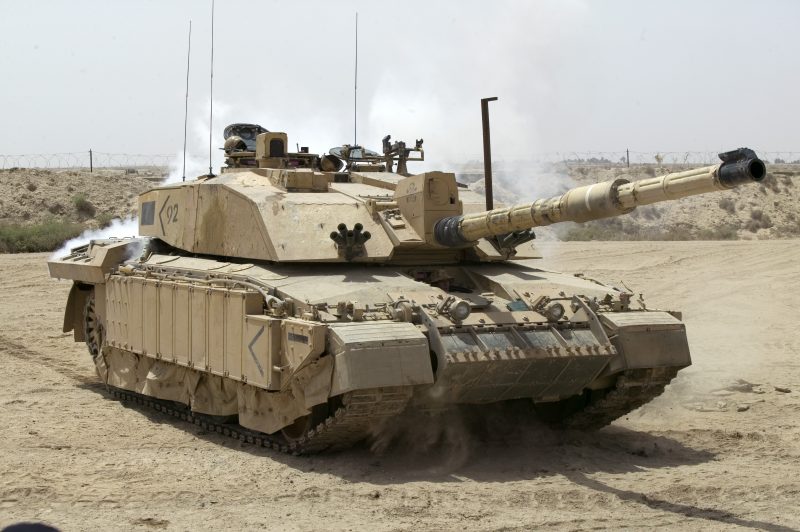Shots were fired in the House of Commons this week as the Defence Committee published a scathing report on the state of the British Army’s armoured vehicles. Two decades of mismanagement are said to have left the service without adequate tanks or fighting vehicles.
In the event of a war with Russia, the committee writes, the British Army would “be forced to go into battle in a combination of obsolescent or even obsolete armoured vehicles, most of them at least 30 years old or more, with poor mechanical reliability, very heavily outgunned by more modern missile and artillery systems and chronically lacking in adequate air defence.”
The barrage comes at a tricky point for the British armed forces. On Tuesday the government is expected to release its Integrated Review of Security, Defence, Development and Foreign Policy, which should provide direction for Britain’s external relations following our exit from the European Union. This had been due last year, but was delayed by the Covid-19 pandemic.
Whatever strategy this outlines is likely to be hampered by the dismal armoured vehicle procurement detailed in the report. “Too often the Ministry of Defence has aimed to deliver the 100 per cent solution tomorrow, rather than the 80 per cent solution today,” is among the nicer conclusions.
Elsewhere military procurement personnel are criticised for being unable to make trade-offs between different capabilities, perhaps due to a lack of skill, expertise or capacity. The prospect of sacking senior management at procurement agency Defence Equipment & Support is also raised.
A rare point of relief comes as the report notes that armoured vehicles may go the way of the military horse. While some argue that heavy armour such as main battle tanks will remain an important capability in warfare, others claim that cyber capabilities and unmanned vehicles, often called drones, are the future.
The committee’s fear, based on witness testimony is that abandoning armoured vehicles would undermine Britain’s credibility as a Nato partner. This fear is especially pertinent in Eastern Europe, where Russia’s annexation of Crimea from Ukraine has been noted.
“It appears that, as part of the Integrated Review, there is a risk that the Army’s current armoured capabilities (albeit in need of modernisation) are at risk of being denuded on the basis of promises of technically advanced ‘jam tomorrow’,” the committee said. “Experience has shown that these technologies have a long gestation period and may not be realised within useful timescales.”
Such welcome pessimism has been in short supply from the government this past year, and may be lacking in Tuesday’s report. Either way, it looks as though British tanks are in a sticky situation.
Image credit: Challenger 2 main battle tank outside Basra, Iraq, in June 2004 by Graeme Main, MoD
